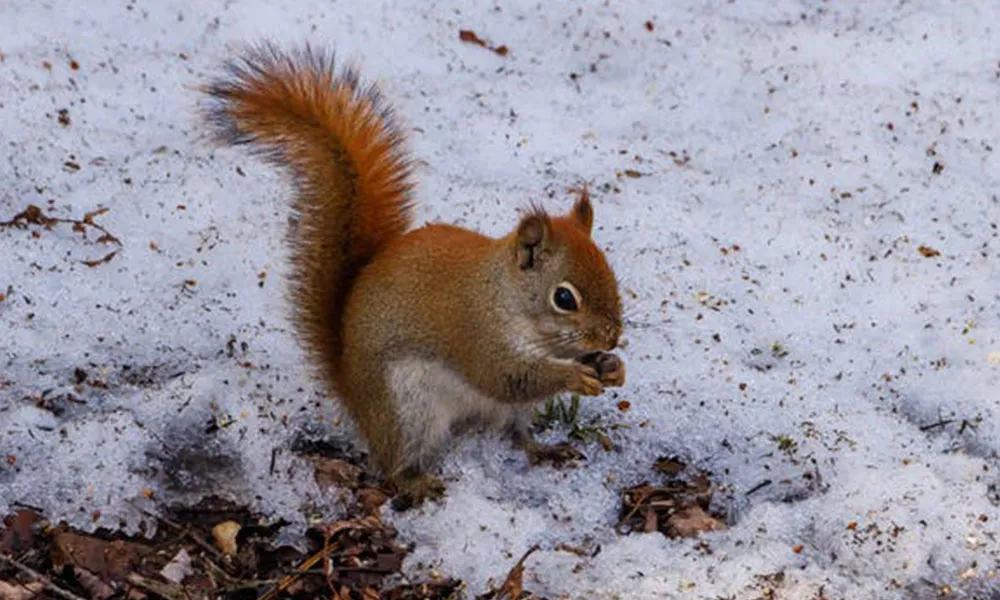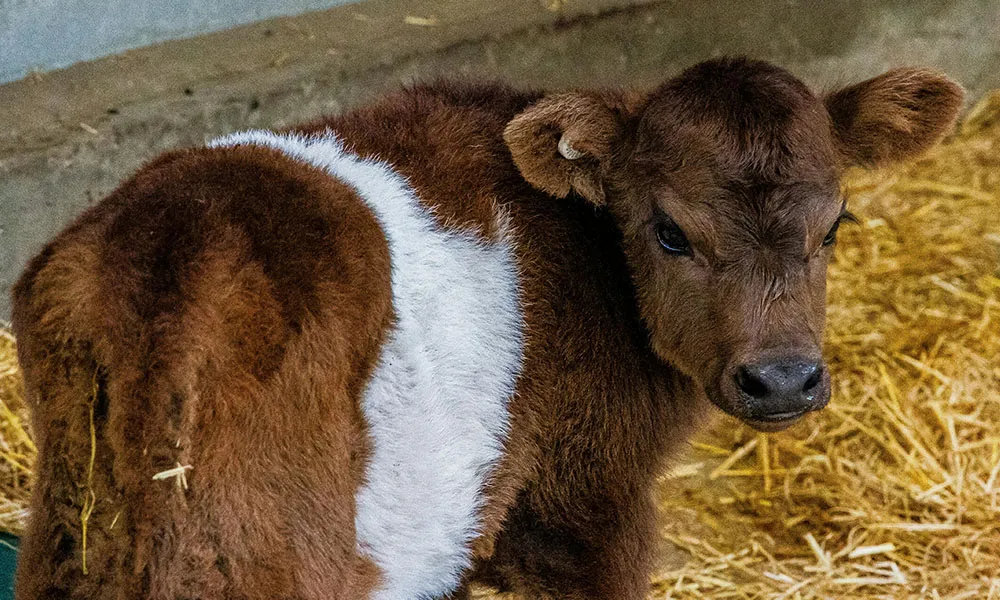
Harvest squirrels
Have you seen a red squirrel lately? In the last week, I have passed two on the drive to work. On both occasions, the squirrel dashed out in front of me and I had to jam on the brakes to avoid him.
Tiny and extremely fast, these beautiful creatures are not always easy to spot. At a distance you might mistake one for a rat or even a piece of material blowing across the road. They are distinguishable by a red tail as long as their minuscule bodies, by their attractive red coat with a white stripe on the chest, and by their tufty vertical ears.
At this time of year, as the weather begins to turn cold, you are likely to see red squirrels on nut trees, and particularly on mature hazels. If you do spot one, take a moment to watch it rush up and down along the branches, gathering nuts for the long winter ahead. They harvest their crop with a purpose and proficiency that we farmers should find inspiring.
Terminal decline
It strikes me as odd that I had never seen a red squirrel until the autumn of 2015. Since then I have seen at least 10 across counties Roscommon, Leitrim and Cavan. As it turns out, my home region is not a mere microcosm of red squirrel resurgence. Rather, the situation here reflects a more widespread revival of Irish squirrel numbers attributable to a single tweak in the ecosystem.
For decades, Ireland’s native red squirrel population was in terminal decline. This was largely attributable to the introduction of its larger non-native cousin, the grey squirrel, in 1911. The interloping grey became an immediate competitor with the red, pushing the tiny native species out of most of its traditional stomping grounds. By the end of the 20th century, there were only a few pockets of red squirrel population left in the country.
Pine Marten
So what changed? Well, another native Irish species – the pine marten or cat crainn in Gaelic – was also in decline for many years. To prevent the very real possibility of extinction, the marten was granted legal protections by the Irish state in 1976. This measure allowed its endangered population to recover, particularly in the west and south. Nowadays, the pine marten is a common sight in most parts of Ireland, though it remains particularly populous in the west.
The pine marten is an omnivorous predator, and in the native Irish ecosystem the red squirrel is its natural prey. But the squirrel is not completely vulnerable to it. Over the millennia, the pair evolved together on this island as predator and prey. As a consequence of this the red squirrel is well equipped to evade its attacker. Because it is extremely agile on the branch, the little squirrel is very tricky for the larger and more ungainly pine marten to hunt and kill.
Easy prey
The same cannot be said for the larger and slower grey squirrel, a native of North America and a much more convenient dinner for the pine marten. The marten’s proclivity for hunting the grey squirrel means that the spike in the marten population has severely constrained the growth of grey numbers.
There were just about enough red squirrels left in the country for them to capitalise on this gradual ecosystem shift. As the grey squirrel population declined, more of Ireland's woodland habitats became available for the red squirrel to move into once again. Return of the native indeed.










